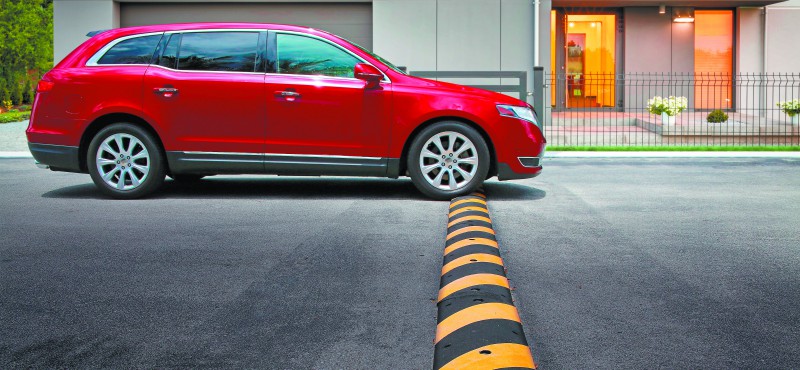San Diego County approves vehicle miles-traveled regulations for new development

SAN DIEGO – San Diego County supervisors approved new vehicle miles traveled guidelines for new development in unincorporated communities, intended to address climate change and allow 7,700 homes to be built more quickly and without the need for costly traffic studies.
The Board’s action to adopt a new Transportation Study Guide brings the County’s policies in sync with the State of California’s Vehicle Miles Traveled law.
This law aims to reduce greenhouse gas emissions from automobiles and combat climate change by asking project developers how many miles people would have to drive on average to get to jobs, services or public transportation.
The Board’s vote means that proposed housing in unincorporated areas where cars would drive at least 15% fewer miles than the average for all drivers countywide – including urban areas – could be built without vehicle miles traveled or mitigation studies.
San Diego County indicated that this measure would reduce cost and streamline the review and consideration process for “infill and vehicle miles traveled” development in areas that have higher housing density and are closer to roads, jobs and transit.
Proposed projects where drivers would have to travel 16% or more miles than the average driver in the region could still be proposed, approved and built. But they would have to pay for studies of vehicle miles traveled and potential mitigation as part of their project process.
That could make it more expensive for developers to build in unincorporated areas of the County that are often farther away from jobs and services.
However, County staff estimated that the new Transportation Study Guide would allow up to 7,693 homes to be built without study or mitigation within two types of unincorporated areas: infill and vehicle miles traveled efficiency.
Vehicle miles traveled efficiency areas are places where people would drive 15% or fewer miles than drivers within the region. Infill areas are defined as those that already have dense residential development-with a minimum of 425 homes and 128 intersections per square mile-and are within 15 miles of job centers.
One of the purposes of the state’s vehicle miles traveled law is to encourage infill development to improve public health by encouraging people to walk and bike and to reduce car trips and greenhouse gas emissions.
Supervisor Terra Lawson-Remer praised county staff for creating guidelines that immediately address the “climate crisis,” create a pathway for more affordable housing and withstand legal challenges.
The Board also directed County staff to work with other agencies to see if more vehicle-mileage efficient areas can be created in unincorporated communities by bringing mass transit to them.